Sandia’s Carlsbad site serves as science adviser to Waste Isolation Pilot Plant
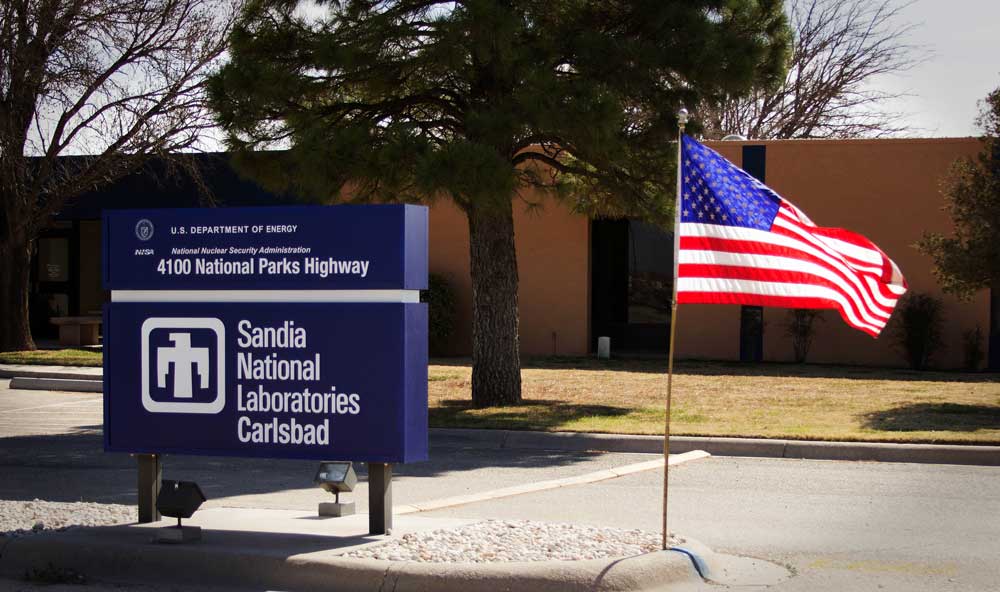
Since 1974, Sandia has served as the DOE Office of Environmental Management’s science adviser for the Waste Isolation Pilot Plant in Carlsbad, New Mexico.
WIPP is the world’s only licensed and operating deep geologic repository for the permanent disposal of transuranic waste. At WIPP, defense-related waste is placed in excavations within ancient salt beds found 2,150 feet below the Earth’s surface. To fulfill the Labs’ advisory responsibilities for WIPP, Sandia maintains offices, computing platforms, laboratories and other technical capabilities in southeastern New Mexico.
The Sandia Communicator Podcast recently sat down with Paul Shoemaker, senior manager of the Labs’ defense waste programs group, to learn more about Sandia’s Carlsbad remote site and involvement with WIPP.
Nuclear waste management
Lab News: Can you give a brief historical overview of Sandia’s work in nuclear waste management and tell us about DOE Environmental Management’s clean-up responsibility and waste emplacement mission?
Paul Shoemaker: In 1973, an internal committee recommended that Sandia become engaged in nuclear waste management activities. Specifically, the committee recommended that Sandia identify segments of the waste management sequence where Sandia’s general research and engineering skills could be useful and to seek out long-term major problems not being worked by other laboratories.
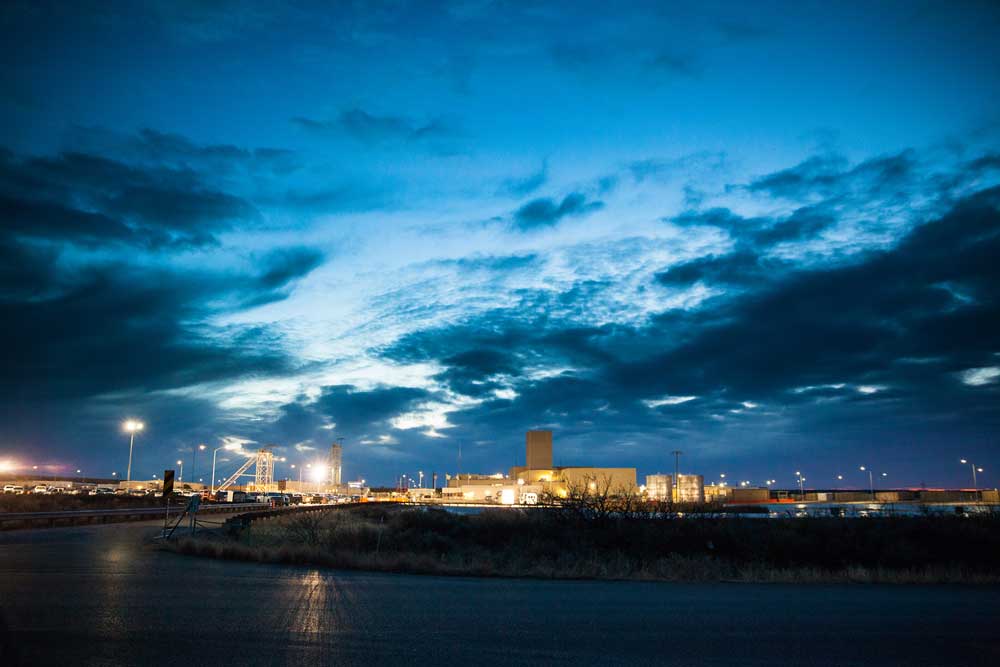
One of the very first projects in which Sandia became involved was in support of what we now call the Waste Isolation Pilot Plant. Sandia’s first funding for this work focused on site characterization in southeastern New Mexico. We have received funding from DOE and its predecessor agencies for our work on WIPP continuously from 1974 to today. Over that 48 years, the focus of Sandia’s work has evolved into the science adviser role we play today for the DOE. I argue that the work on WIPP that Sandia has engaged in over time makes WIPP the longest-running single project in the history of Sandia.
The notion [behind WIPP’s creation] was that the nation had created a substantial amount of defense-related transuranic waste as a result of nuclear weapons design, development and production. That material needed to be sequestered from the accessible environment.
Based on findings from a National Academy of Sciences panel in 1957, salt was suggested as a good geologic medium for isolating this waste. A site was chosen in southeastern New Mexico where there is a substantial formation of bedded salt a couple thousand feet thick. A spot in the middle of that bedded salt formation, 26 miles east of Carlsbad, was selected as the site to be developed. Openings were mined out at a depth of 2,150 feet below the surface, and that is where WIPP is located today. The waste disposed of at WIPP is neither spent fuel nor high-level waste. It is therefore suitable for disposal in the repository that has been designed for that purpose.
Collaboration with WIPP partners
LN: Could you tell us more about Sandia’s partnership with many of the other collaborative partners on WIPP — the WIPP management and operating contractor, DOE Office of Environmental Management, Los Alamos National Laboratory and other organizations that support WIPP? How does the proximity of Sandia’s Carlsbad office support that collaboration?
PS: For the first two decades of Sandia’s work on WIPP, our center of gravity for staff was in Albuquerque. DOE’s WIPP project office was also located in Albuquerque.
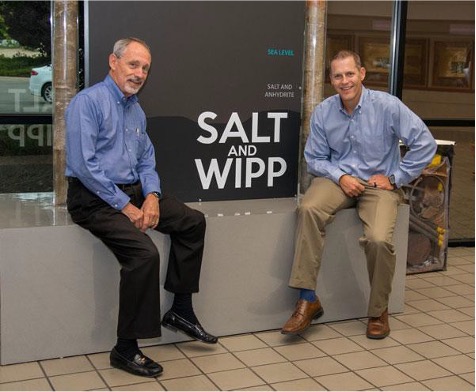
When Hazel O’Leary was the secretary of energy, city officials in Carlsbad reasoned that since this was — and remains — one of the very few locales in the country that enthusiastically hosts a nuclear waste repository, DOE should locate the project work here [in Carlsbad], rather than having it done remotely. Secretary O’Leary agreed and directed that the DOE project office for WIPP relocate to Carlsbad.
Not long after the DOE project office for WIPP moved from Albuquerque to Carlsbad, Sandia also set up a remote site here in the mid-1990s. We’ve operated our WIPP project with the project managers physically residing here in Carlsbad ever since.
The management and operating contractor for the WIPP site today is Nuclear Waste Partnership. We regularly host what we call an integration meeting every week — where all the WIPP participant organizations send representatives to update each other on their WIPP work and to coordinate all the moving parts of our work.
Technical expertise and scientific advice
LN: What are some areas of technical expertise among Sandia’s staff in Carlsbad? Can you tell us more about the scientific advice Sandia provides DOE on matters related to WIPP?
PS: Sandia currently serves as the science adviser to DOE on matters pertaining to the long-term performance of WIPP — that is, 10,000 years into the future.
Our primary role is to estimate cumulative releases from the repository over that 10,000-year regulatory period of interest. Barring a human intrusion, once WIPP is sealed, the waste disposed there will never see the light of day again. That’s why we characterize the emplacement of waste at WIPP as disposal and not storage.
We are required by regulation to assume human intrusions will take place once active institutional controls have been suspended a few hundred years after WIPP is buttoned up. So, in the event that future societies go looking for things underground, like oil and gas or other minerals, they may inadvertently drill down through the waste that’s emplaced in the underground repository. Releases could take place as a result of that inadvertent human intrusion, and that’s the primary focus for Sandia’s work on WIPP.
We also assist with certain operational challenges at the WIPP site. Our Sandia colleagues who are experts in robotics and automation are deeply engaged in supporting WIPP operations by demonstrating robotics and automation to enhance productivity and improve worker safety.
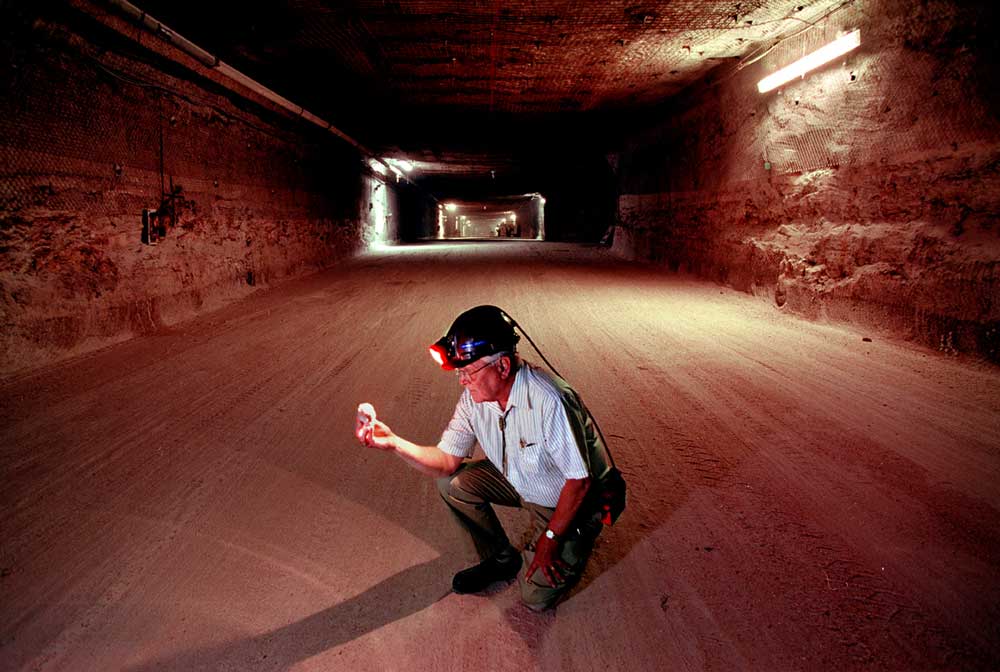
Our workforce here in Carlsbad numbers on the order of 55 people and includes both Sandia employees and contractors. Additionally, we rely on an equal number of Sandians in Albuquerque to support us in both our long-term repository performance work and dealing with certain operational challenges that the management and operating contractor and DOE’s Carlsbad Field Office experience in running WIPP.
Of our staff in Carlsbad, we have a number of applied-math individuals who perform the computer modeling that leads to estimates of cumulative releases over time. We also have very accomplished geochemists and geohydrologists who engage in applied and fundamental studies that help inform our computer modeling.
Finally, we have people in Albuquerque who are experts in geomechanics. They model the behavior of the salt as it seeks to close the openings that people have made in the underground. Salt is a good medium for this because it tends to creep closed, trying to close any openings or fractures that occur within it and encapsulating anything that happens to be in those openings.
Current developments at WIPP
LN: What are the latest developments or milestones at WIPP? What are some drivers behind the demand for Sandia’s work in Carlsbad? I imagine some of that demand is driven by regulatory submittals and other compliance certifications.
PS: Part of the regulations that pertain to the operation of WIPP are related to the radioactive constituents in the waste. These are regulated by the U.S. Environmental Protection Agency. The nonradiological, but still hazardous, constituents of that waste are regulated by the New Mexico Environment Department. Sandia provides very limited support to DOE on matters pertaining to the nonradioactive constituents in the waste.
WIPP received its first shipment of waste in March 1999. Every five years after that date, DOE must submit a compliance recertification application to the EPA. Sandia is heavily involved in the creation of these recertification applications, which provide the EPA with the comfort they need to allow WIPP to remain certified and to continue waste emplacement. Sandia traditionally writes 70% or more of the content — by page count — in those applications. We also provide a substantial amount of computer modeling work, as well as the underpinning technical work that supports that modeling.
We will begin our performance assessment calculations for the next recertification application in February 2023. We’ll then write our portions of the compliance recertification application that will be submitted by DOE to the EPA in March 2024.
In the interim, DOE finds it necessary to create additional physical space in the underground to dispose of waste that we anticipate will be coming to WIPP in the future. We have been deeply engaged in the development of a planned change request, supporting DOE as it requests permission to create new waste disposal areas in the underground in addition to the areas that have already been created.
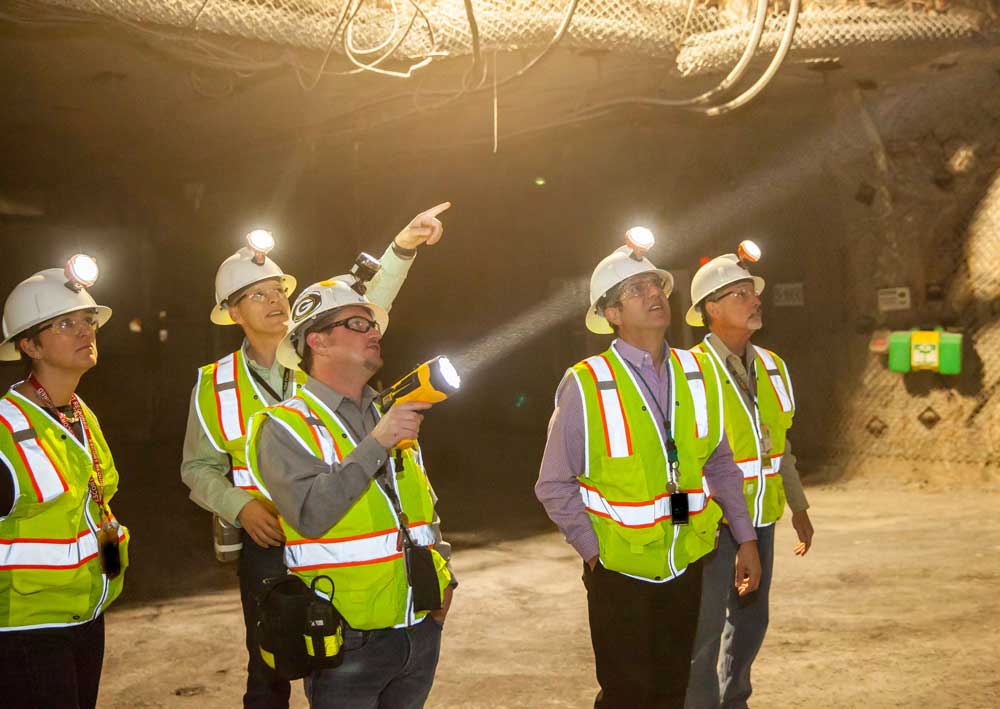
There are currently eight waste disposal areas, or panels, in the underground. Each panel has seven disposal rooms. DOE’s planned change request will request permission for two additional waste disposal panels. But as we think farther down the road, designs have been advanced that would provide for nine additional panels, effectively doubling the physical footprint for waste disposal in the underground at WIPP.
LN: Sounds like a lot of unique challenges associated with that growth. Anything else you’d like to share with our listeners about Sandia’s WIPP project and the Carlsbad site?
PS: WIPP is a unique resource. It’s the world’s only licensed and operating deep geologic repository for the permanent disposal of radioactive waste. And we are quite proud to have been engaged with the community of Carlsbad, with DOE and with the WIPP project for what is now well over 45 years.